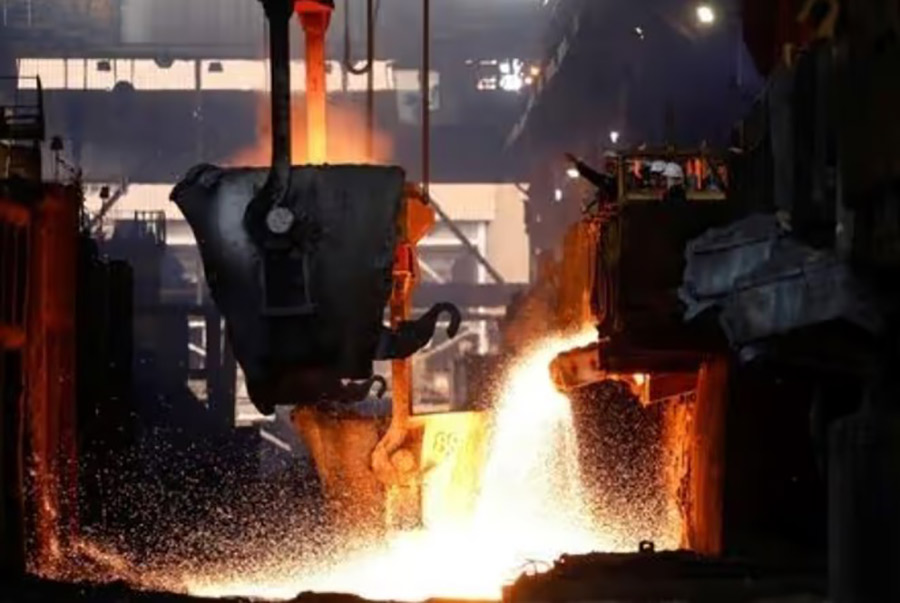LONDON- The supply of minerals critical to the green energy transition could move close to levels needed to support climate pledges by 2030, according to the first annual review of the sector by the International Energy Agency (IEA).
Investment in the critical minerals pipeline grew by 20 percent in 2021 and by 30 percent in 2022, led by lithium, copper and nickel.
Exploration spending was up by 20 percent last year with Canada and Australia both registering year-on-year growth of over 40 percent, notably in hard-rock lithium plays, according to the IEA.
The less good news is that the sector needs to do more if it is to match the level of demand required to achieve net zero emissions by 2050.
Moreover, “the adequacy of future supply is far from assured”, the IEA said.
The IEA highlighted potential problems with project delivery times, a continued lack of geographical diversification and “mixed progress” on improving sustainable and responsible practices in minerals and metals production.
The extended time-lag between a new mining or processing project being announced and delivered is a well-known issue in the metals sector.
Risks of schedule delays and cost overruns have been “prevalent in the past” and “cannot be ignored” when projecting future supply, the IEA said.
Copper mines are a good example, major new greenfield projects typically taking at least five years to enter production.
The problem is compounded in the case of lithium, a metal that is core to current battery technology, by the need to generate a high-purity product.
There is a significant step-up from producing technology-grade to achieving consistent battery-grade lithium. “This means that even with an overall balance of supply and demand, the supply of battery-grade products may still be constrained,” the IEA said.
In addition, new projects often come with higher costs, exerting upwards pressure on pricing.
Although prices of some critical minerals such as copper have eased over the last year due to recession in the “old economy”, prices for most critical minerals remain well above historical averages as supply struggles to catch up with demand.
The IEA’s clean energy equipment index, tracking costs of solar panels, wind turbines and batteries, fell consistently between 2014 and 2020 but has since broken that downtrend as raw material inputs push up overall manufacturing costs. – Reuters




